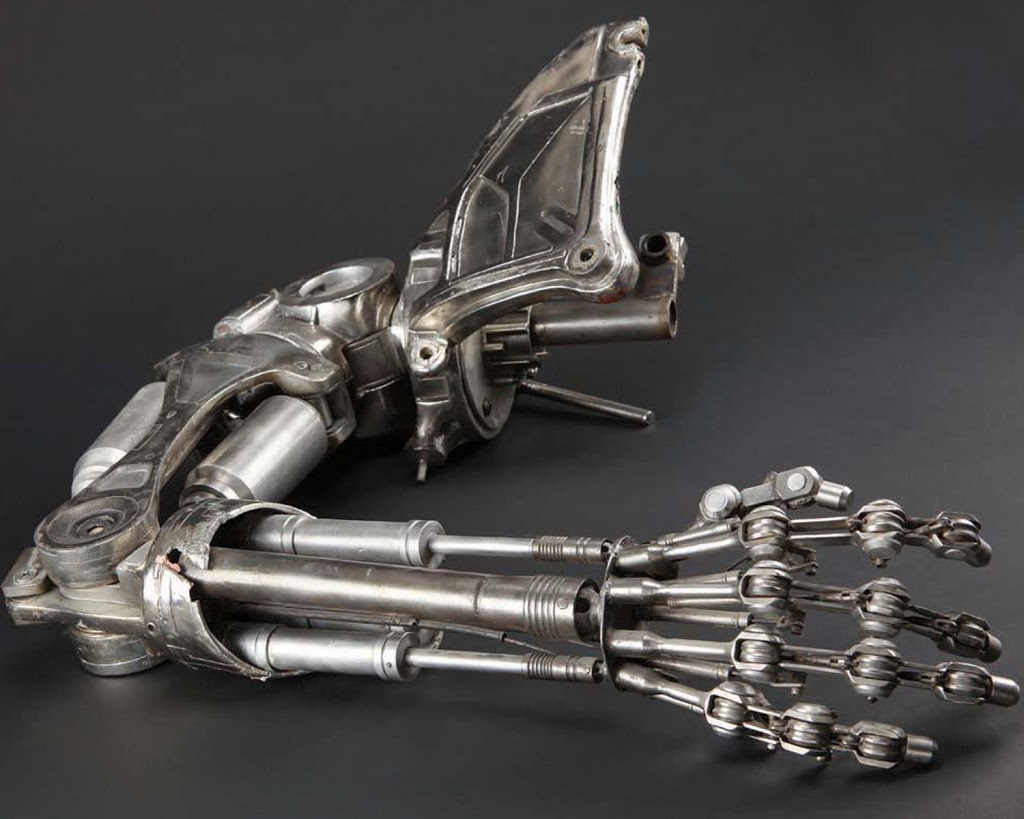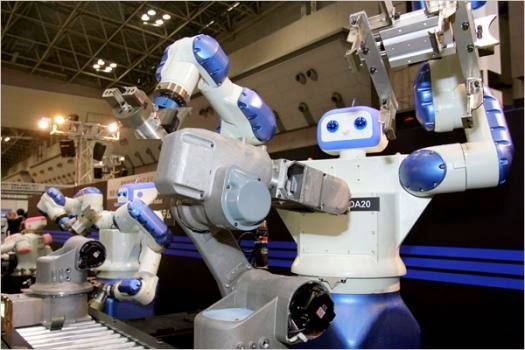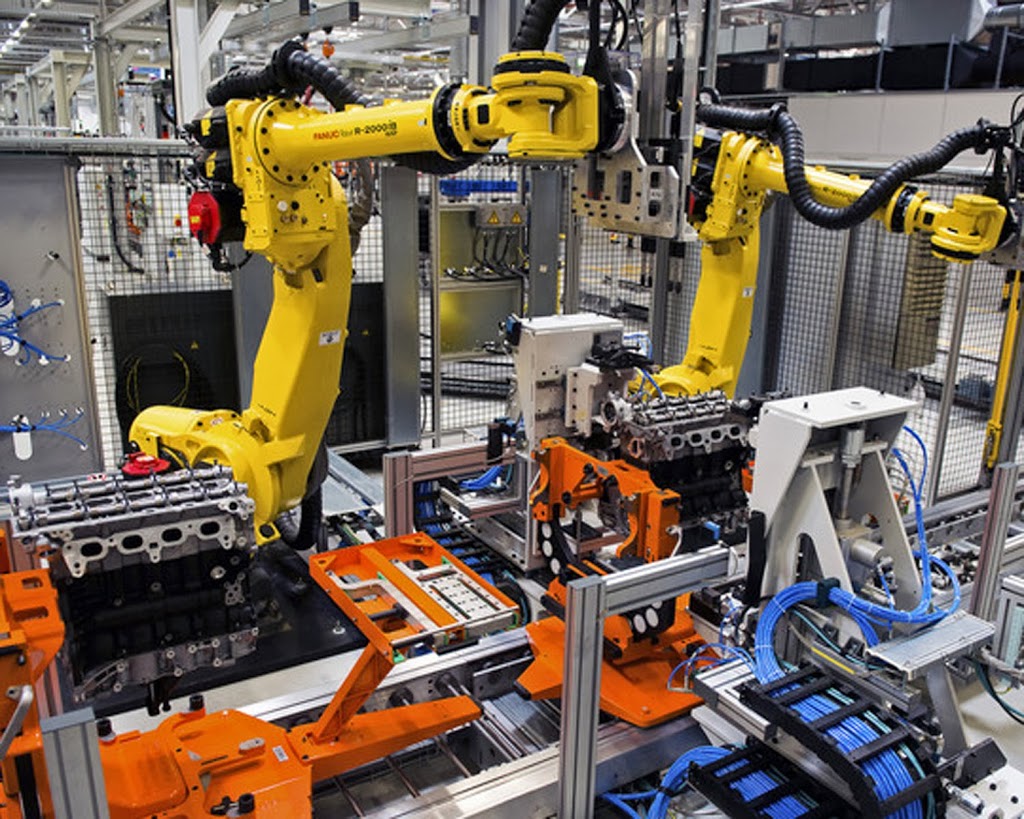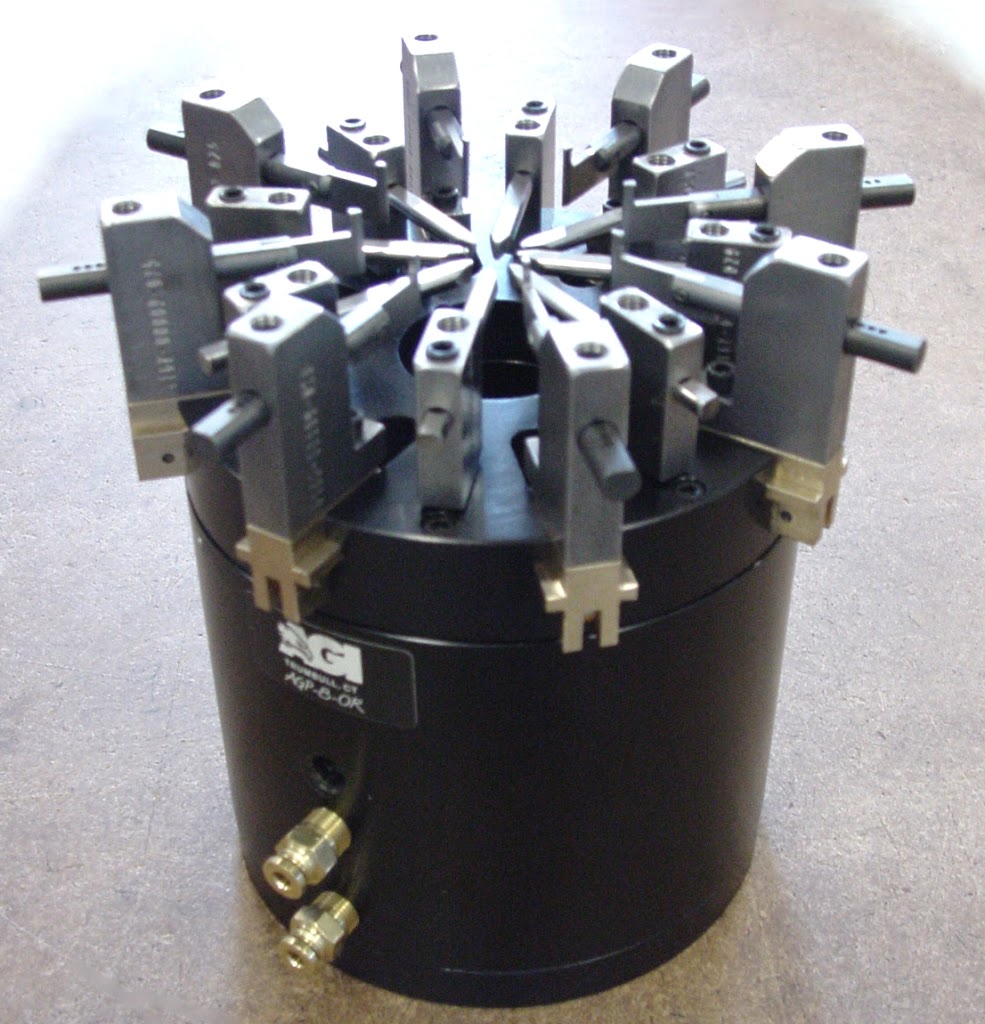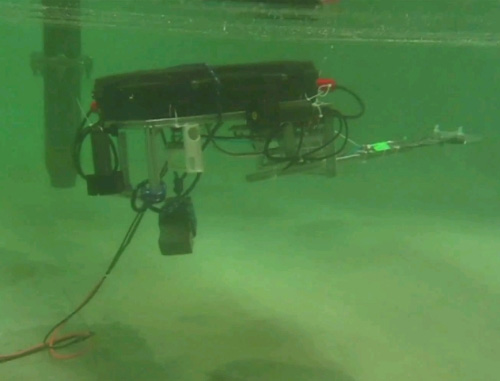Robots or “Co-Bots” are coexisting with humans in manufacturing environments
The 1980s film “The Terminator” and its sequels are examples of great storytelling. The movie franchise brought into the 20th Century a couple of literary ideas from the Industrial Revolution: fear of world conquest by robotic machines.
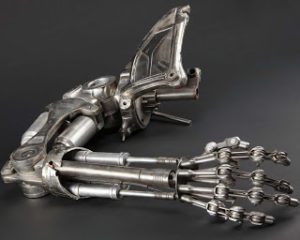 The reality of robotics in the 21st Century is quite different, though. The world manufacturing community is focusing on ways to assimilate robots into the humanized workplace, not replace humans entirely. In contrast to our traditional perception of boxlike, metallic robots from days past, humanoid robots look and act a lot more human. Maybe that’s why they promise to make good coworkers for humans. Tasks can be divided between robots and humans depending on what each is better at doing.
The reality of robotics in the 21st Century is quite different, though. The world manufacturing community is focusing on ways to assimilate robots into the humanized workplace, not replace humans entirely. In contrast to our traditional perception of boxlike, metallic robots from days past, humanoid robots look and act a lot more human. Maybe that’s why they promise to make good coworkers for humans. Tasks can be divided between robots and humans depending on what each is better at doing.
Lest human workers feel too threatened by these new “Co-Bot” coworkers, Leila Takayama points out in the 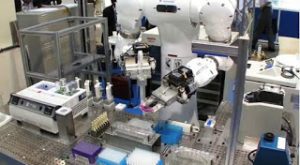 May-June 2013 issue of Technology Review that there is really no need for humanoid robots to behave just like humans. Takayama, a research scientist and manager at Willow Garage—a developer of hardware and open source software for personal robotic applications—says we should think of humanoid robots like service dogs, who handle predictable tasks and do not need to understand any words.
May-June 2013 issue of Technology Review that there is really no need for humanoid robots to behave just like humans. Takayama, a research scientist and manager at Willow Garage—a developer of hardware and open source software for personal robotic applications—says we should think of humanoid robots like service dogs, who handle predictable tasks and do not need to understand any words.
An example of the new generation of robotics is Kinova Robotics’ new JACO Research Edition robotic arm, which is a safe robot not needing fenced guarded cells to keep humans safe from injury. The arm is mounted on a standard aluminum extruded support structure that can be affixed to almost any surface. The arm’s gripper consists of three underactuated fingers that can be individually controlled and are designed for maximum flexibility and grip. The fingers adjust to any object, regardless of its shape. The operator can control the arm with a computer or Kinova’s three-axis, seven-button joystick. The operator can use three different modes: translate, rotate and grip.
One of the most publicized humanoid robots is “Baxter,” who recently was showcased at Association for Advancing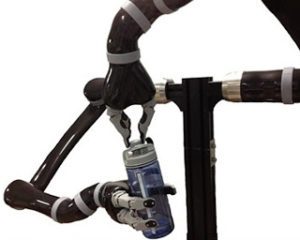 Automation convention in Chicago. Baxter, manufactured by Rethink Robotics in Boston, is designed to work side by side with humans and simply takes manual instructions and starts working on the task in about five minutes.
Automation convention in Chicago. Baxter, manufactured by Rethink Robotics in Boston, is designed to work side by side with humans and simply takes manual instructions and starts working on the task in about five minutes.
Frank Tobe, editor and publisher of the Everything-Robotic blog on The Robot Report website, reports that Rodney Brooks, founder of Baxter manufacturer Rethink Robotics, is focused on developing a robot that works with—not in the place of—human workers. In so doing, he wants to help manufacturers increase efficiency, reduce costs and reduce the need to “offshore” their operations.
Tobe reports that another humanoid robot manufacturer, Denmark-based Universal Robots, has developed its UR5 and UR10 robots, which can handle high-speed pick-and-place tasks and handle various products differently. For example, a UR5 has been used to pick bottles of cream off of one production line and place them onto the packaging line at a Johnson & Johnson facility in Greece. The UR5 handles various types of creams that come down the line and each is positioned differently.
Tobe indicates that soon, co-bots like Baxter and UR5 and UR10 will be part of mainstream automated manufacturing operations. Rethink Robotics expects to produce enough Baxters for sales of 500 in 2013. UR is building at least 100 robots a month, including 25–30 percent for U.S. customers.
Additionally, the May 30, 2012 edition of The Engineer reported that a Spanish technology company, Tecnalia Research & Innovation, is introducing a Japanese robot into European industry that is capable of working alongside people. Hiro, a humanoid robot developed by Kawada Industries, is designed to work alongside humans and is equipped with two human-like hands that can perform tasks deemed too uncomfortable or hazardous for workers. According to the publication, it is estimated that 60 percent of manufacturers doing final product assembly work will have this type of robot on its production lines within six years.


